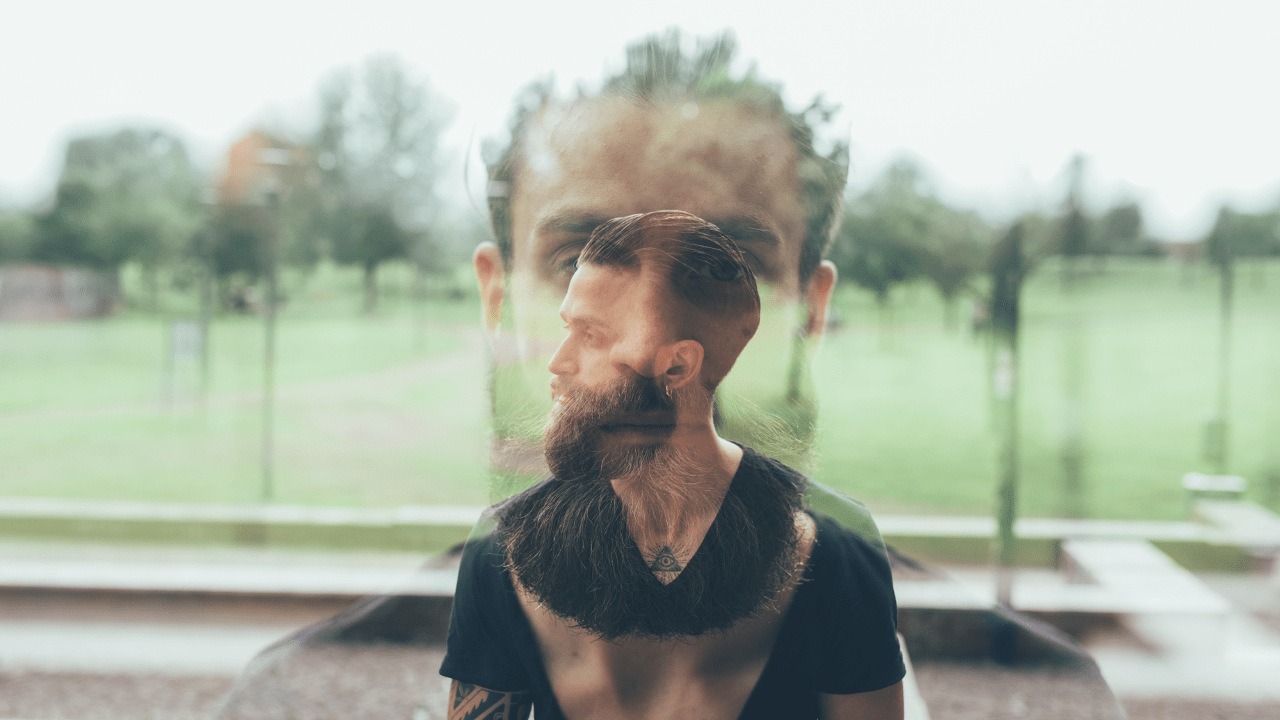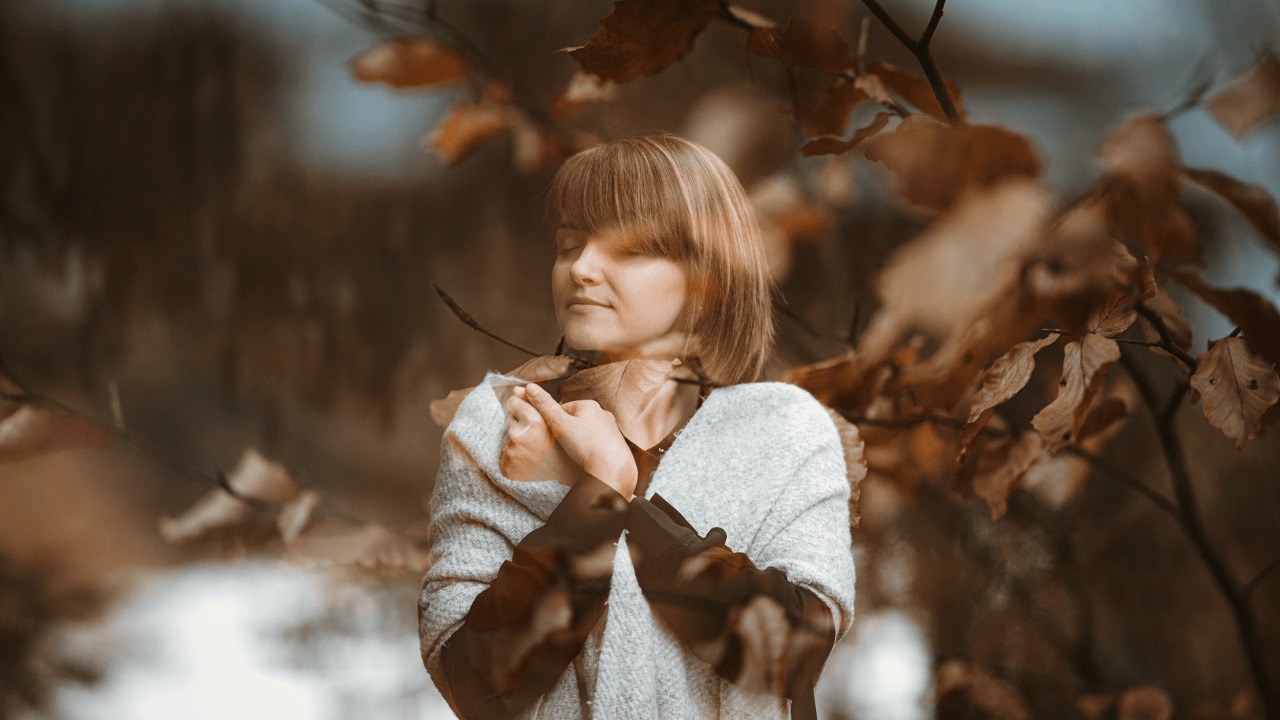The basic logic in photography is to take a frame as a basis and transfer it to film or digital media. For example, you capture the image of a tree at the water’s edge as a photo frame. However, when you combine multiple frames like this with multiple exposures, you can bring different moments together in a single photo. In photography, we call this process multiple exposures. In other words, we can make multiple exposures by overlapping two different exposures or, if necessary, by overlapping 10 exposures in a single photo frame.
What is Multiple Exposure (Double Exposure)?
We generally call the combination of different images in a single frame obtained by overlapping more than one photo frame as multiple exposures. However, when this process is performed, a new and deeper image is often obtained in the form of double exposure, that is, by overlapping two photographs.
For this reason, we can use the name double exposure for this process rather than the concept of multiple exposures. If we had to give a definition for double exposure, as the word implies, it is the process of exposing a photograph to the light twice. As we know, in photography, the process of embedding a frame with light on photographic film has been achieved since ancient times.
In ancient photography, for example, 36 photographs were taken on the same film in analog cameras that used photographic film. Later, the same photographic film was used again and a different photograph was taken by shining light on the previously used frames. As you can imagine, there was a really great need for talent in old analog photography to accomplish this process. Nowadays, this process can be done much more easily on DSLR cameras, depending on the functions of the camera itself.
Thanks to double exposure, two different photos are combined in the same photo frame. Performing this process is a completely different technique in photography. Photographers have been experimenting with double exposure in their photographs for many years in order to make a difference.
As you mentioned, although it is not a very difficult process, especially with today’s digital cameras, it is possible to obtain a double exposure result by following a few steps and paying particular attention to some points. As a different detail, today there are also photographers who combine different photo frames on the computer, especially in applications such as Photoshop, to obtain double exposure results.
How to Do Double Exposure?
Technically speaking, two different techniques are used in photography to achieve double exposure. First of all, if the camera you are using still contains film, that is, it takes analog photographs; double exposure can be made with a technique that must be applied on the film. Again, after the shooting process of the film is completed as we have just explained, the roll is wrapped and put back into the machine and a second frame is taken on top of each frame.
However, here there is a great risk in getting a good photo frame with double exposure. Because the resulting result can only be understood more easily when you examine the photographic film after the second shot and see which frame matches which frame. Analog cameras sometimes even add a special button to perform double exposure.
Thanks to this function, after the frame is used by shooting normally in the first photo, the crown is re-cocked by using only a certain button, without skipping to the next frame in the movie. In this way, re-shooting is done on the resulting frame and then the transition to the next film frame is provided. In this way, making double exposures on a single film becomes easier and more reliable on analog cameras.
In terms of a different technique in analog cameras, if there is no button or pin as mentioned to perform multiple exposures, you can choose to use a changing method. Generally, analog cameras have a button that must be pressed when the movie ends. Thanks to this button, the finished film is rewound and can be easily removed from the machine.
If you want to perform multiple exposures on the film you will use, you will need to leave the winding lever open to avoid winding and then fix it in a way that is opposite to the winding direction of the film. In this way, when you stabilize the winding process, you can obtain a double exposure result by shooting again on the film that you set to a single frame.
Performing multiple exposure operations on today’s digital cameras is much more practical than on analog cameras. Because today, many different camera brands offer advantages to the user with special functions for double exposure as a different technology in the models they produce. For example, among the cameras with which you can perform multiple exposures, there are many devices such as cameras produced by Nikon or Fujifilm. You can also perform double exposure on these digital cameras that we will use, after adjusting the camera settings.
For double exposure, you will first need to activate the multiple exposure modes by going to the camera settings on digital cameras. Within these settings, it will ask you how many frames you want to take, and here you can set multiple exposures by selecting a number of 2 or more for double exposure.
If you want to make multiple exposures with 2 photos, you will need to protect the other exposures you took while applying the technique along with the setting you choose. In this respect, when you take photos after the protect all exposures tab is turned on to protect other exposures, the camera will keep these frames on top of each other and you will be able to check the photos on the camera screen after shooting.
Materials That Can Be Used for Multiple Exposures
For multiple exposures that you admire and want to implement yourself, thanks to the works created by professional photographers, you must meet your different needs in both analog and digital photography. If you are going to prefer to use analog cameras in this regard, I can recommend cameras such as Diana Mini or Smena 8M, which provide the advantage of multiple exposure. You can even choose to use Fuji Superia 100 35mm or Kodak Gold 100 35mm film products at 100 ISO with these cameras.
When it comes to purchasing a good analog camera and a good photographic film for multiple exposures, you can actually find equipment at much higher prices by doing more extensive research on the internet. Moreover, some equipment you can find may be much more practical to use or, conversely, much more difficult to use.
What to Consider When Making Multiple Exposures
To perform multiple exposures, you will need to pay attention to the moments when you can get good light and capture the right shots you want. Moreover, after shooting a wall full of colors, for example, you will need to pay attention to details such as superimposing a simpler frame on the first frame in the second exposure.
In multiple exposures, it is important to capture shots that fit together and make sense when placed behind each other. The important point is to be careful to ensure that the light and the image complement each other when you overlap at least a double exposure and an increasing number of exposures.
Multiple exposures in photography contribute greatly to creativity and helps improve vision in photography. Of course, when you first start these studies, the results you will get may not be satisfactory. However, by applying the given techniques regularly, better results can be achieved every time and you can really enjoy this job much more.
See you in the next post,
Anil UZUN

